PsychNewsDaily Publishers
100 Summit Drive
Burlington, MA, 01803
Telephone: (320) 349-2484
PsychNewsDaily Publishers
100 Summit Drive
Burlington, MA, 01803
Telephone: (320) 349-2484
Wine has a rich history, with the oldest known winery dating back to 4100 BCE in Armenia, showcasing ancient winemaking practices and cultural significance.

Wine is a fascinating and beloved beverage enjoyed by many around the world. From its rich history to the science behind its production, wine offers surprises at every turn. This article explores 11 astounding wine facts that will expand anyone’s appreciation for this age-old drink.
Readers will discover surprising tidbits that shed light on everything from grape varieties to unique production methods. There’s likely something new for both casual drinkers and serious wine enthusiasts to learn as they delve into these intriguing facts.
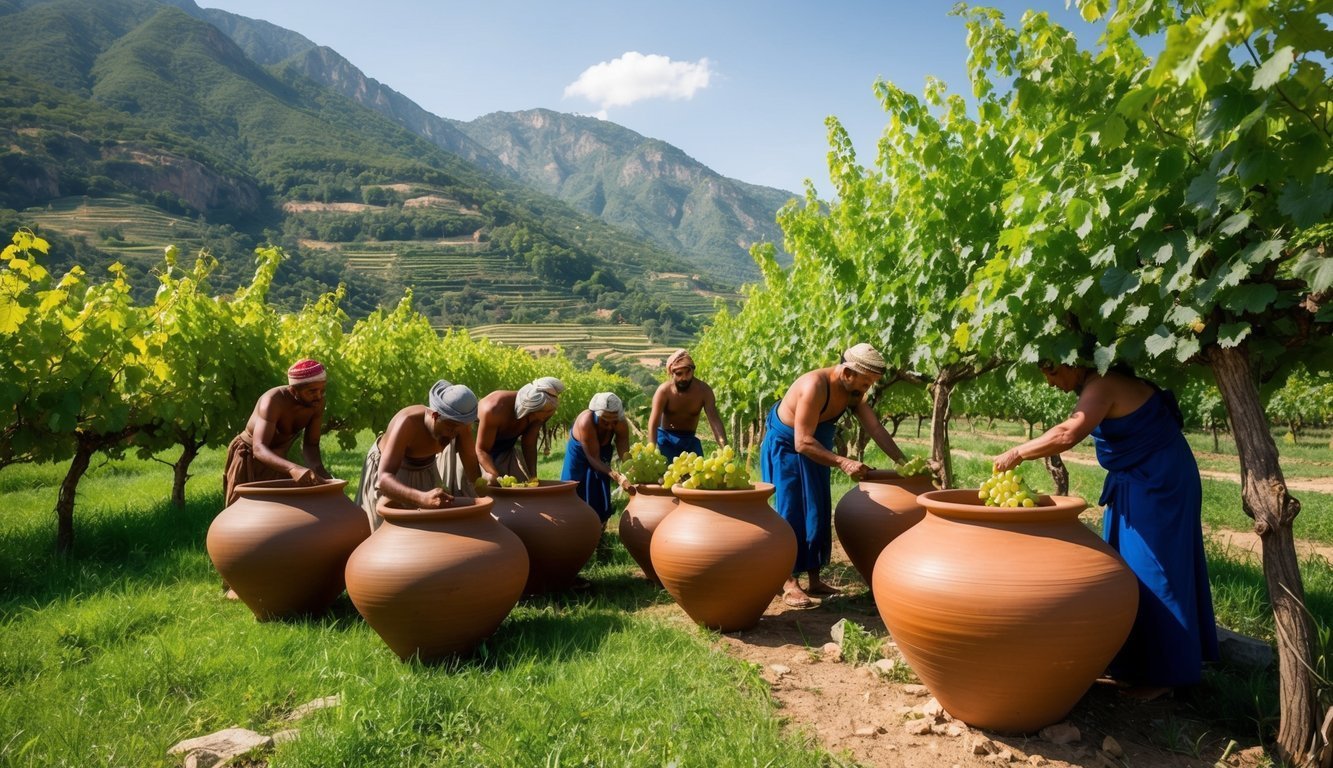
Archaeologists discovered the oldest known winery in Areni-1 cave, located in Armenia. This winery dates back to around 4100 BCE.
Inside the cave, they found evidence of wine production. This included grape seeds, skins, and fermentation tools. The findings reveal how ancient people made wine. They used large clay jars for fermentation and stored the wine in different vessels.
This discovery highlights the long history of winemaking. It shows that wine has been enjoyed for thousands of years. The fact that such an old winery exists makes wine lovers excited. It gives insight into early agricultural practices.
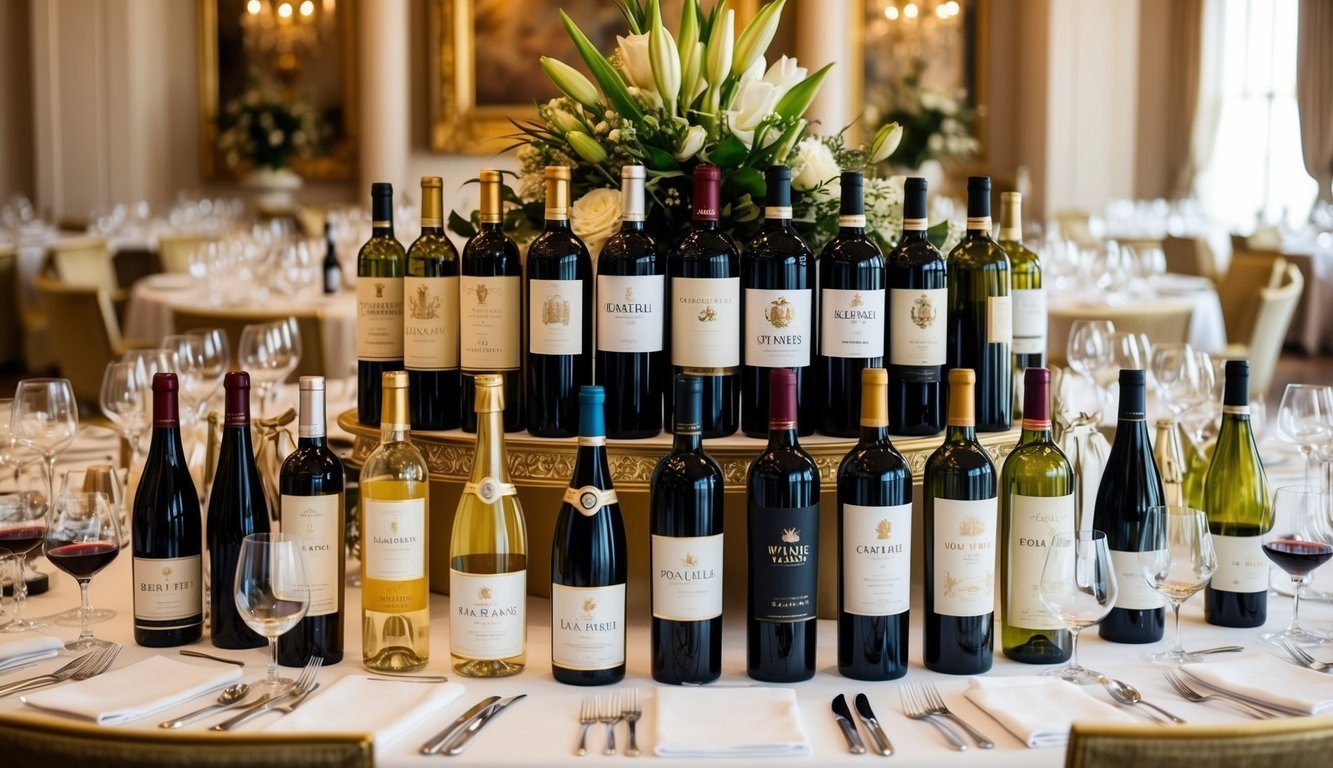
Vatican City holds a unique record in the world of wine. It has the highest wine consumption per person.
On average, each resident drinks around 74 liters of wine each year. This amount is significantly higher than the average in Italy, which is interesting given the Vatican’s small size.
Most of the wine consumed in Vatican City is imported, mainly from Italy. The tiny state does not produce its own wine due to a lack of farming land.
Wine plays a special role in the Vatican’s traditions. It is often used in religious ceremonies, especially during Mass.
This high consumption rate highlights the Vatican’s unique culture and its close connection to wine in social and religious aspects.
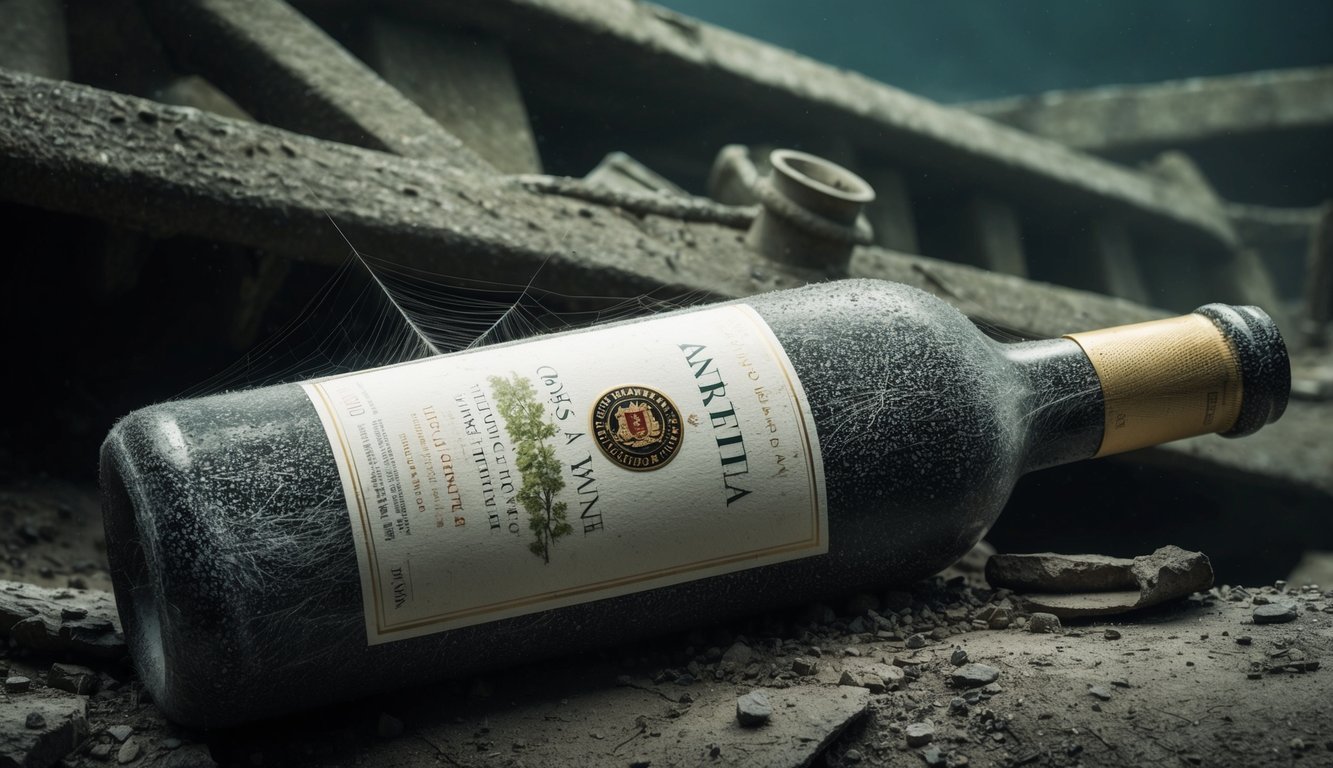
A rare bottle of wine was discovered in a shipwreck and sold for an astonishing $558,000 at auction. This bottle is not just any wine; it has a rich history tied to the sea.
The wine was found in a shipwreck off the coast of Germany. Experts believe it could be over 300 years old. Such finds are special because they connect people to the past.
Many collectors and wine enthusiasts are interested in historical bottles like this one. They are valued not just for their age but also for the stories they tell about maritime history.
This sale highlights the fascination with shipwrecks and their hidden treasures. Wine from the ocean can bring remarkable prices due to its rarity and unique background. It shows how history can add value to a simple bottle of wine.
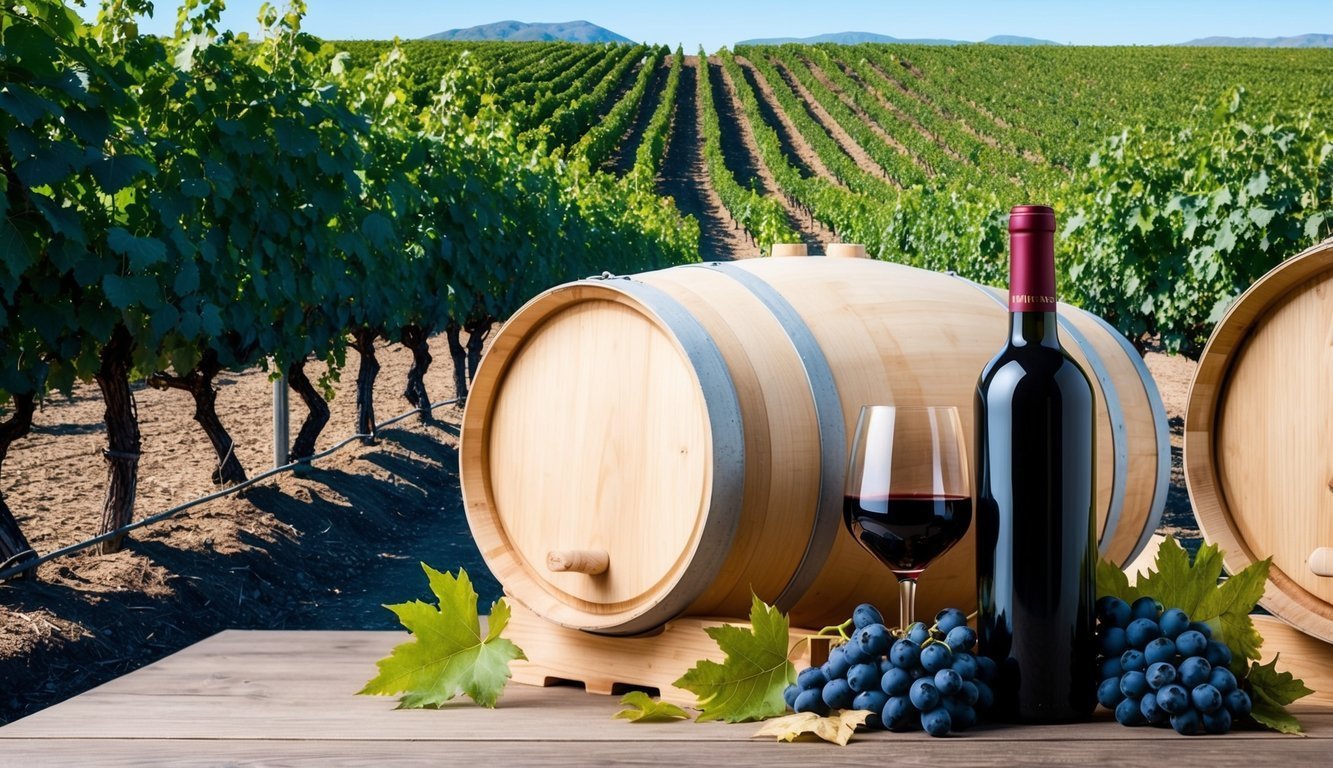
Red wine is created using specific grapes that have dark skins. These grapes contain a pigment called anthocyanin, which gives red wine its rich color.
During fermentation, the grape skins are left in the juice. This process allows the pigments and flavors from the skins to blend with the juice, leading to the deep hues and complex tastes found in red wine.
Some popular dark-colored grape varieties include Cabernet Sauvignon, Merlot, and Pinot Noir. Each type of grape contributes unique flavors and aromas to the final product.
The process of making red wine can vary from one type to another. It helps to create different styles, from robust and bold to light and fruity. This diversity is one reason why red wine is enjoyed by many people worldwide.
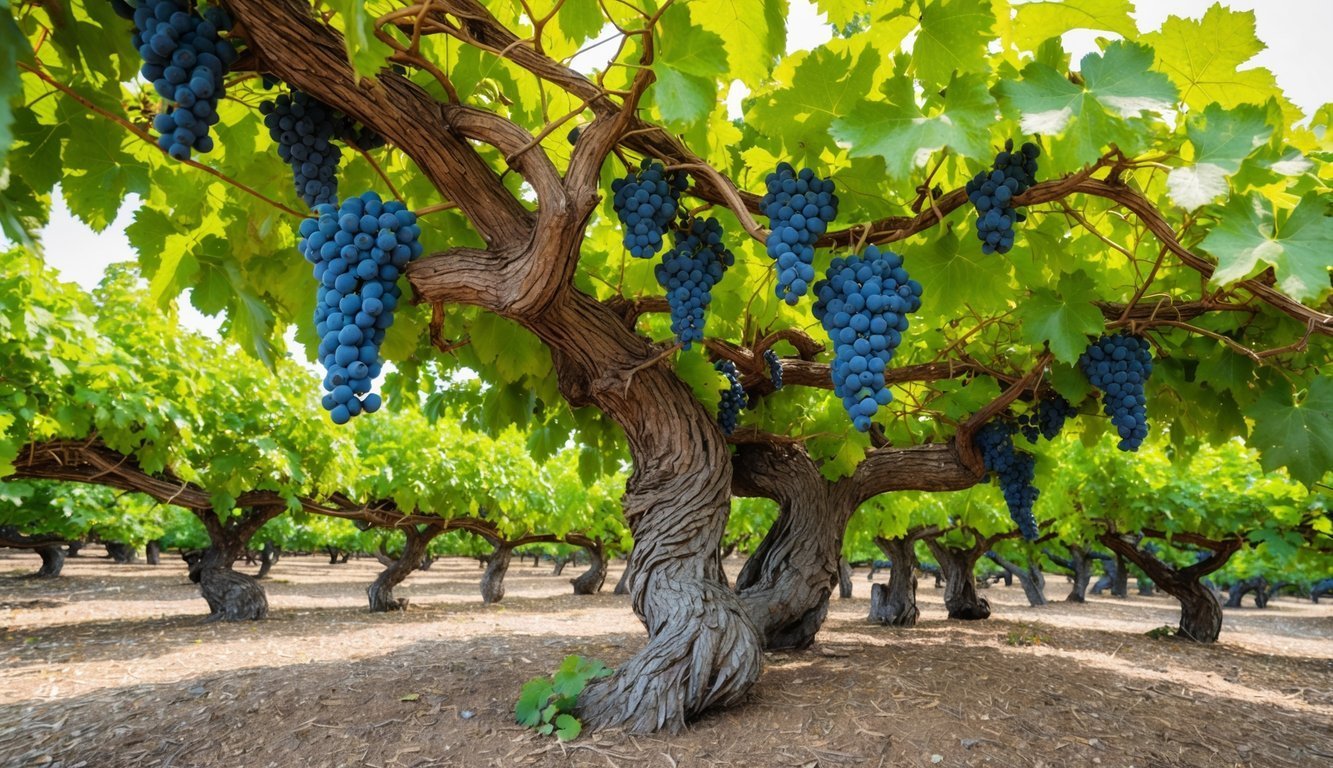
The oldest grapevine in the world can be found in Maribor, Slovenia. This vine is known as the Žametovka, also called Modra Kavčina. It has been growing for more than 400 years.
It is planted in front of the Old Vine House, a place dedicated to wine culture. This remarkable vine has been officially recognized by the Guinness Book of World Records.
The vine is not just old; it still produces grapes each year. Many visitors come to see this living piece of history.
In addition to its age, the vine has a special museum nearby. This museum shares the story and importance of wine in the region.
The existence of such an old grapevine shows how long people have enjoyed and cultivated grapes for winemaking.
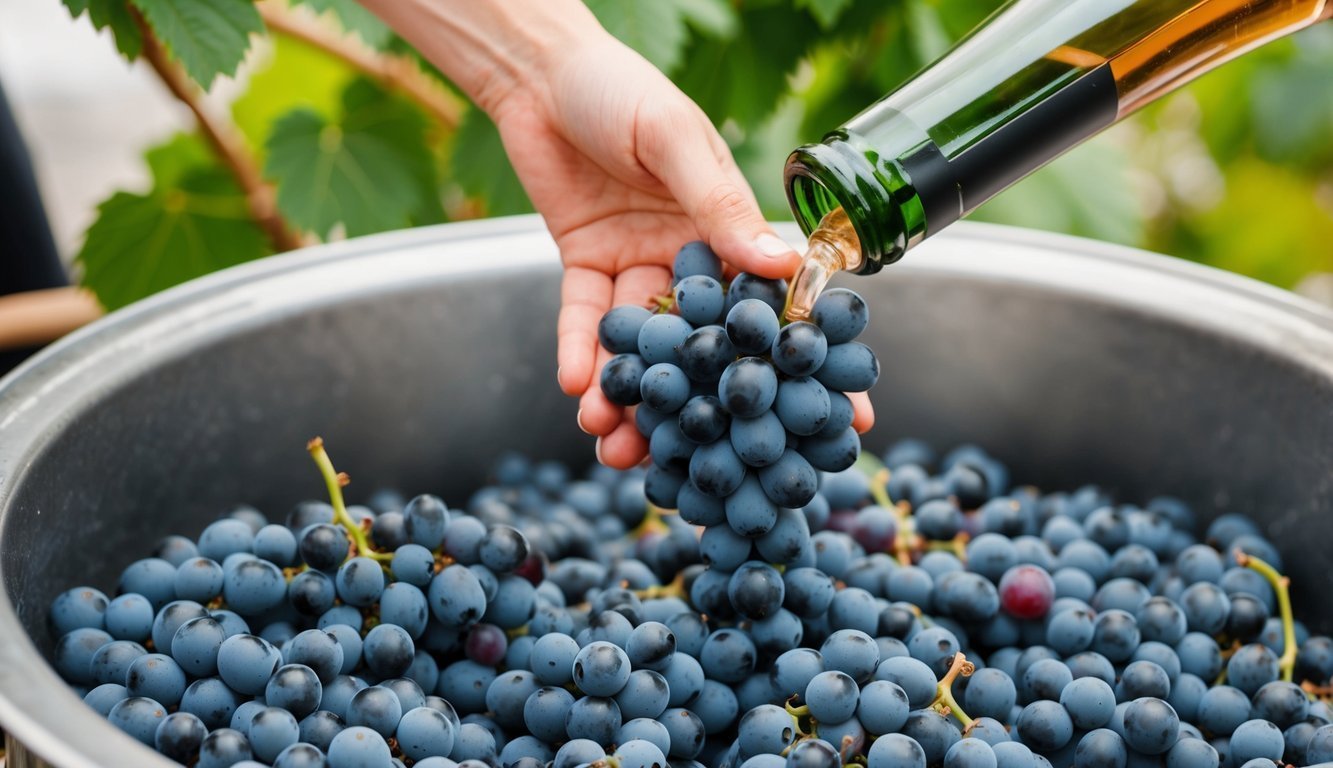
Rosé wine gets its color from dark-skinned grapes. The unique part is how the skins are handled during fermentation.
During the process, the grape skins are left in contact with the juice for only a short time. This can be just a few hours to a day.
There are different methods to make rosé. One common technique is called the Saignee method. This involves bleeding some juice from crushed grapes before fermentation continues.
The limited skin contact gives rosé its lighter hue and fresh flavors. This results in a refreshing drink, perfect for warm days.
Wine lovers appreciate rosé for its balance. It combines the fruitiness of white wine with some characteristics of red wine.
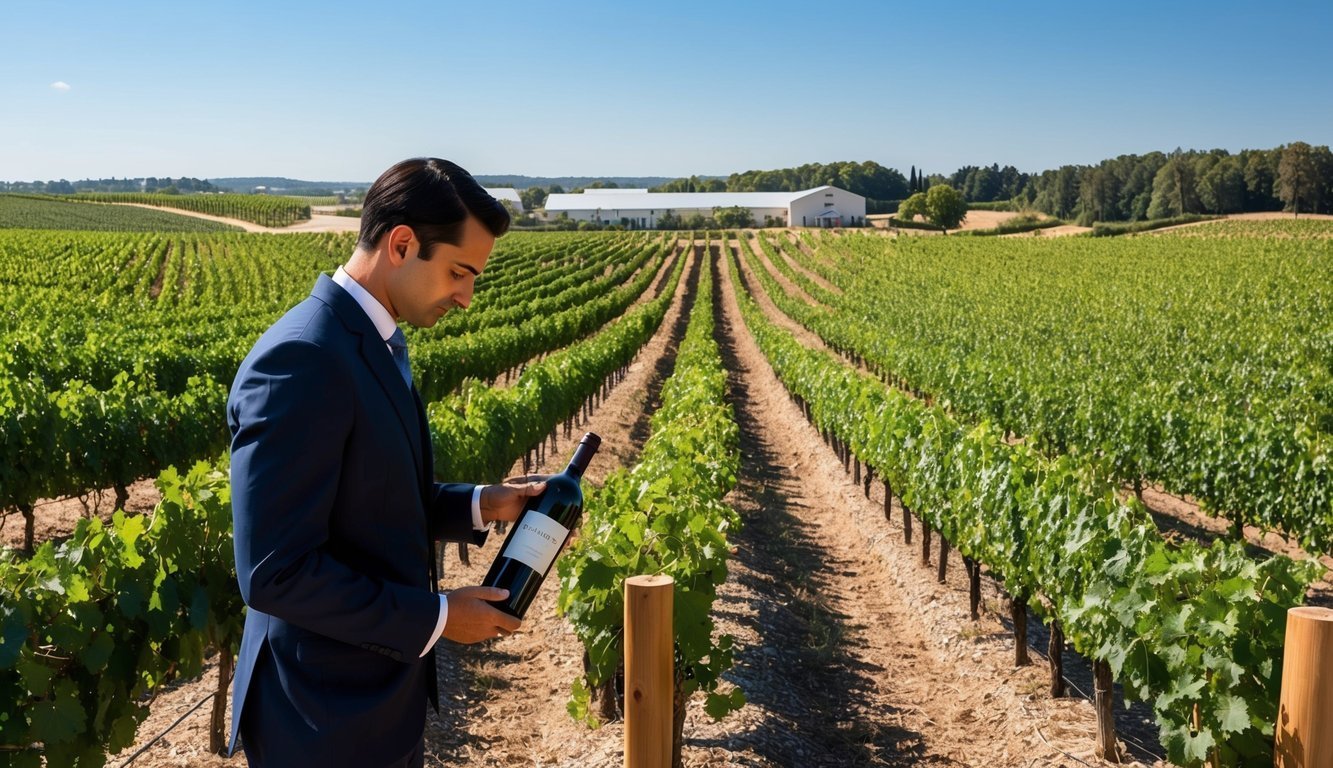
Producers play a significant role in determining the quality of wine. A good producer has knowledge and expertise that can greatly influence the taste and characteristics of the wine.
Sommeliers often look for producers who have a strong reputation. They know that well-regarded producers tend to use high-quality grapes and traditional methods.
The care taken during the winemaking process matters too. Great producers pay attention to every detail, from the vineyard to the bottle.
Sommeliers trust the producer’s choices in fermentation, aging, and blending. These decisions can elevate a wine’s flavor profile and overall experience.
In a crowded market, the right producer can help customers find wines that suit their tastes. Good producers are seen as reliable sources of quality wine.
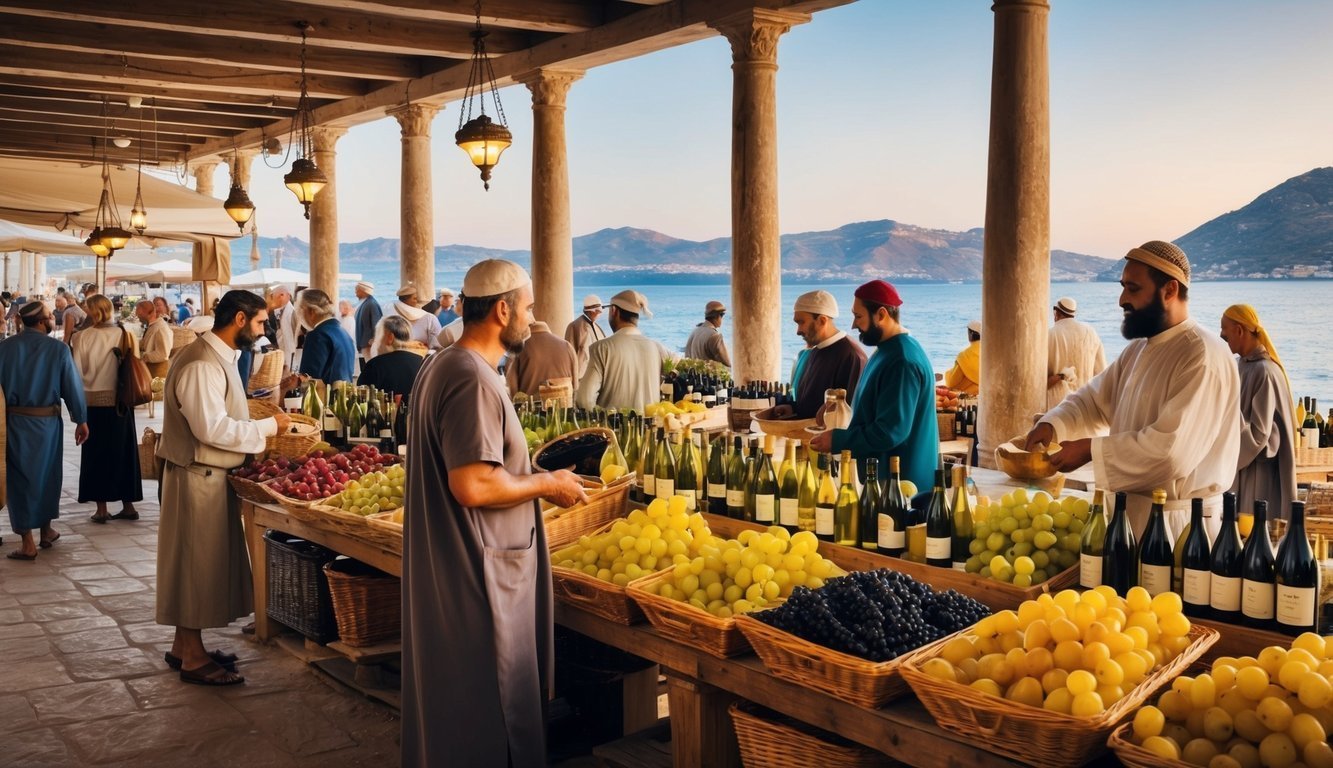
The Phoenicians were important in the history of wine. They helped spread winemaking across the Mediterranean region. Their trade networks made it easy for wine to travel to many different places.
As early as 1100 BC, the Phoenicians began trading wine. They set up colonies, like Cádiz in Spain, where they introduced their wine to new markets. This made them key players in the wine business of their time.
To make their wines appealing, Phoenician traders labeled their bottles in Greek. This helped their products stand out and attract more customers. Their efforts ensured that wine became a popular drink throughout the Mediterranean.
Their knowledge of grape growing and winemaking was essential. It influenced many cultures who adopted these practices. The Phoenicians not only traded wine but also shared techniques that shaped future wine production.
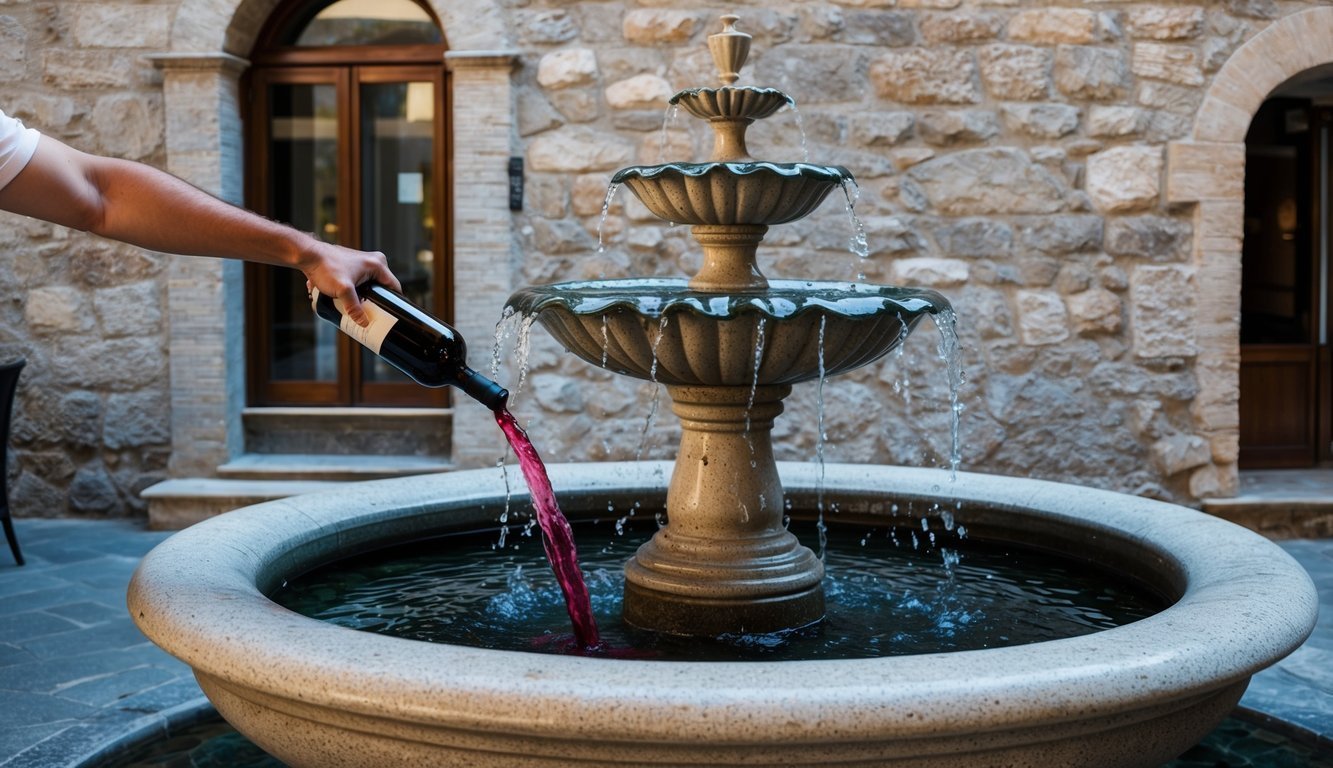
In a charming town called Caldari di Ortona, located in the Abruzzo region, there is a unique fountain that flows with red wine. This fountain is open 24 hours a day, providing a continuous supply of wine to visitors.
The Dora Sarchese winery created this special fountain as a fun attraction. It allows people to enjoy free wine right from a traditional spout. This adds a special touch to any visit to the area.
Not only is it a fun experience, but it also highlights the rich wine culture of Italy. Wine lovers from all around can come and taste the delights from this unique fountain. It’s a fascinating sight and a tasty treat for both locals and tourists.
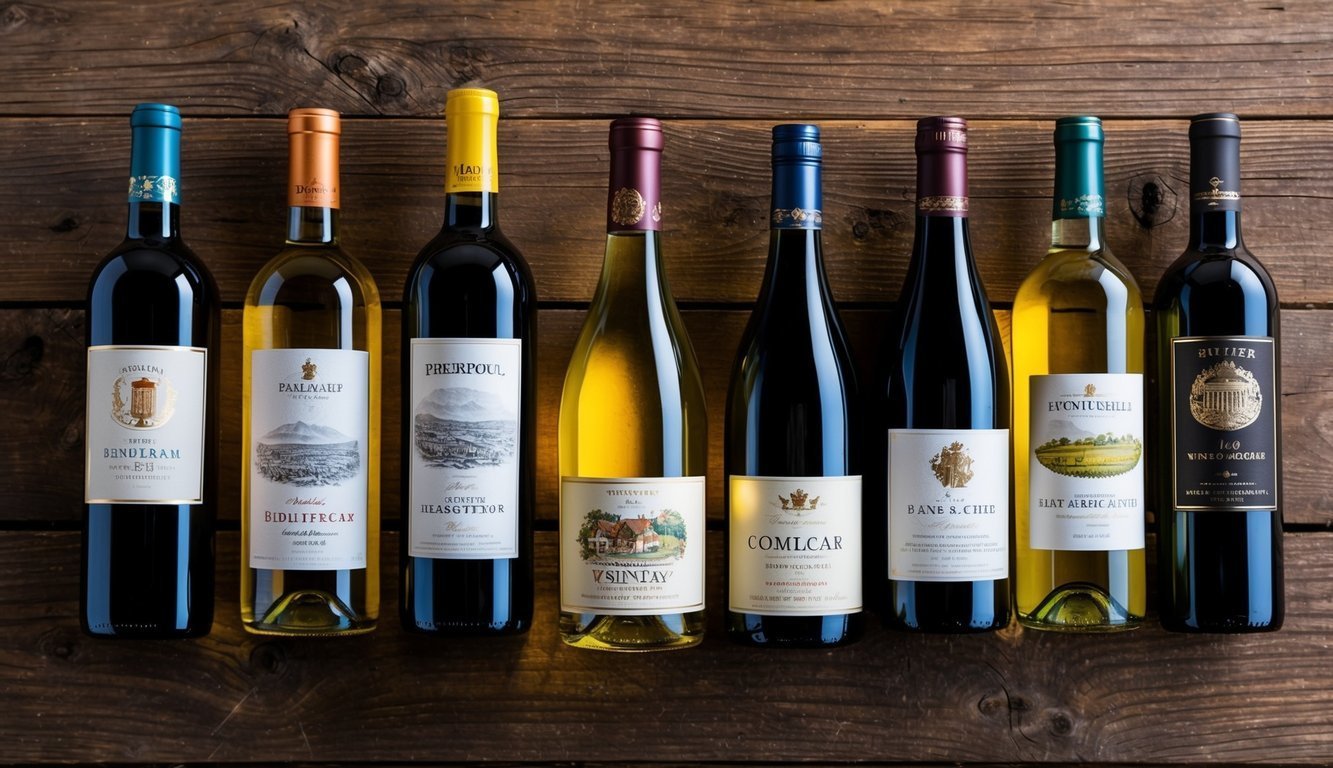
Wine labels provide key details that help drinkers understand what to expect. They often include the grape variety, which can hint at the wine’s taste. For example, a label that says “Chardonnay” suggests a rich and fruity flavor profile.
The region where the wine is produced is also listed. A wine from Bordeaux may have different characteristics compared to one from Napa Valley. This is due to unique climates and soil types in each area.
Additionally, the vintage year indicates when the grapes were harvested. Weather conditions during that year can affect flavor. For example, a hot year may produce sweeter wines.
Some labels include tasting notes or descriptions. These can offer hints about the flavors, like hints of berries or spices. This information can guide choices and help find a preferred wine.
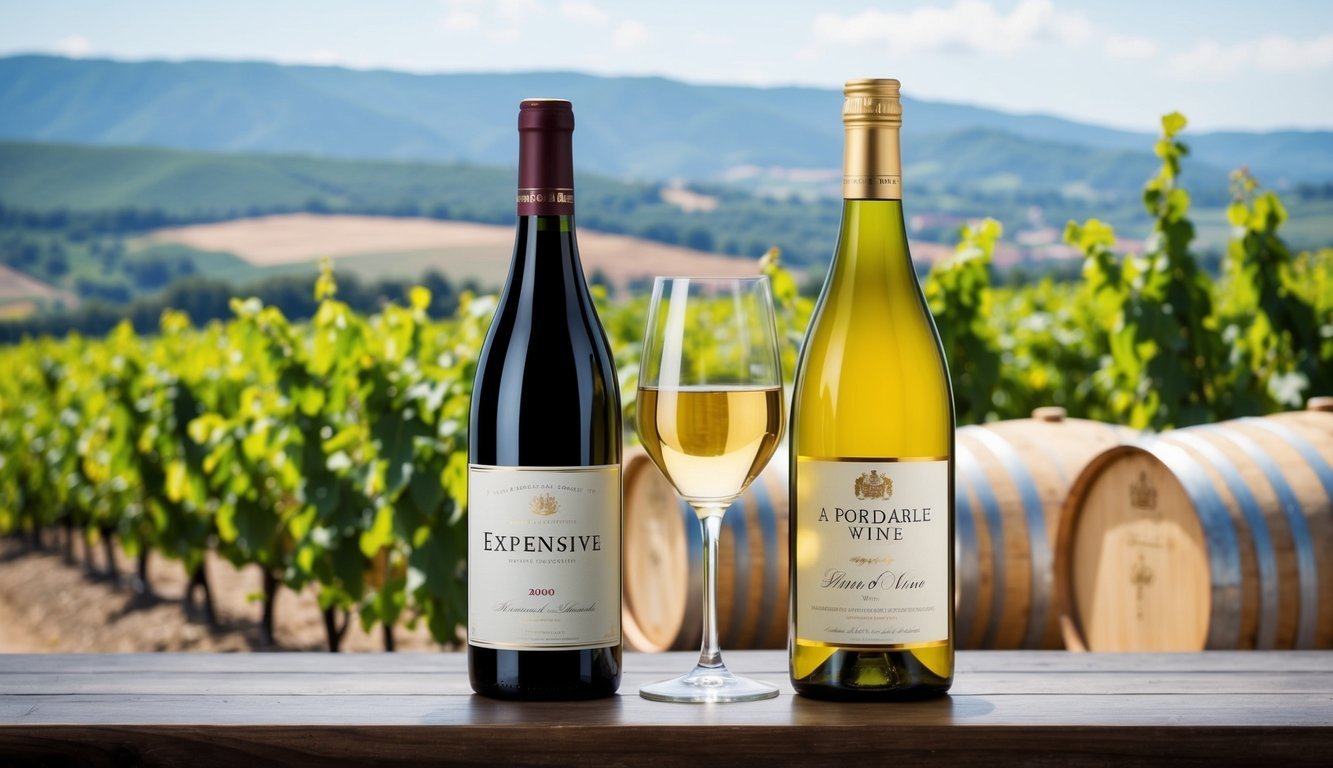
Many people believe that the price of a wine bottle shows its quality. This isn’t always true. There are affordable wines that taste amazing.
Research shows that expensive wines don’t always live up to their high price tags. They may not be better than cheaper options.
Each wine has its own unique flavors and characteristics. Personal taste plays a big role in what someone might enjoy.
Wine lovers can find great value in less expensive bottles. These wines can surprise with richness and flavor.
Quality also depends on the type of wine and where it comes from. Sometimes, better-known regions can charge more, even if the quality isn’t better.
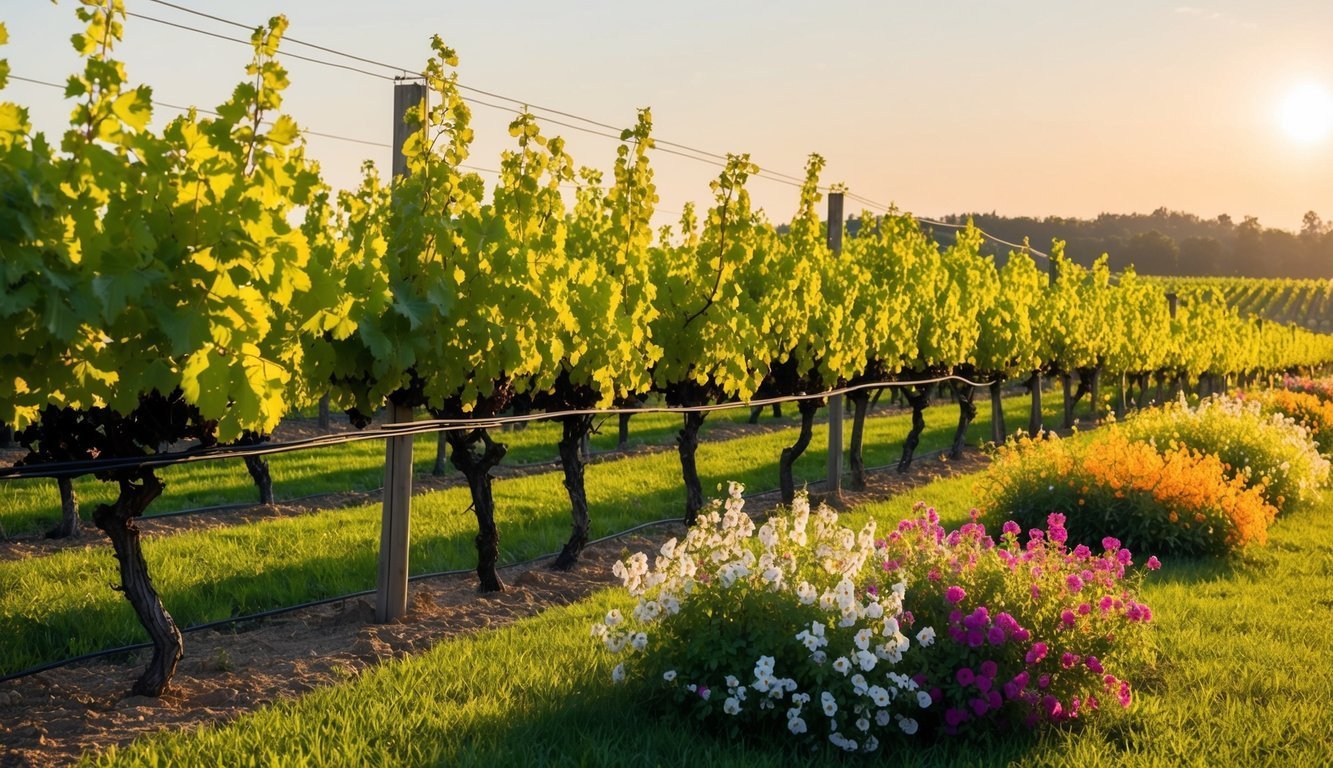
Wine aromas originate from various sources and processes. Two main factors play a crucial role: terroir and the fermentation process. Terroir encompasses the environment where grapevines grow, while fermentation involves the transformation of sugar into alcohol.
Terroir refers to the unique characteristics of the land where grapes are grown. This includes soil type, climate, and topography. Each of these elements affects the grapes’ flavor and aroma.
Key Terroir Elements:
Each vineyard’s terroir creates distinct aromas in wines. For instance, a wine from a cooler region may have more herbal notes, while warmer climates often yield fruitier scents. This natural variability makes each bottle special.
Fermentation is the process that transforms grape juice into wine. During this stage, the yeast in the juice converts sugars to alcohol. This process also produces various compounds along the way.
Important Fermentation Factors:
As fermentation occurs, complex aromas develop. Secondary aromas may emerge from malolactic fermentation, where malic acid turns into lactic acid, adding creamy notes. Understanding these processes helps wine lovers appreciate the depth of flavors in their glass.
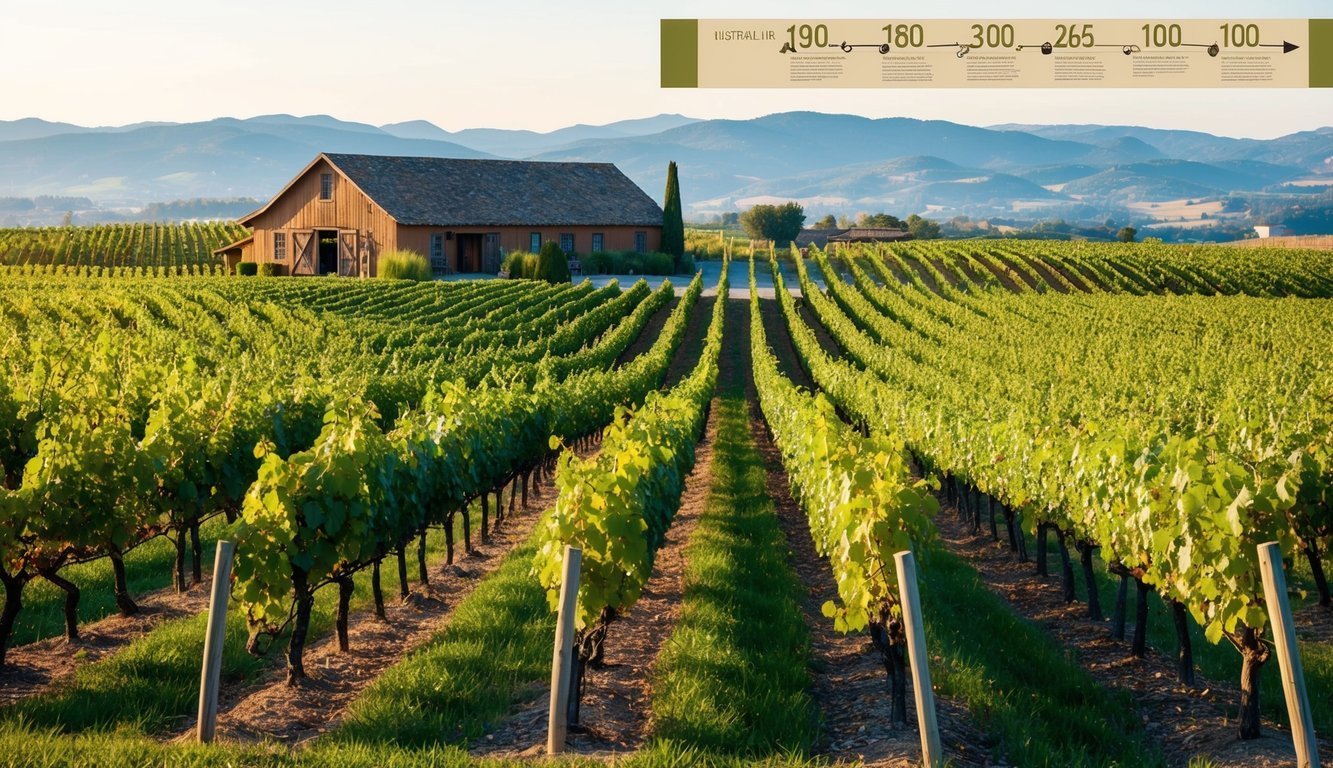
Wine has played an important role in societies throughout history. Its production and consumption are tied to various cultures, rituals, and economies.
Wine-making dates back thousands of years. Archaeological findings suggest that the earliest productions happened in regions like Armenia, Georgia, and Iran around 8000 to 5000 BC.
In ancient times, grapes were crushed by foot in large stone basins. This method helped release the juices necessary for fermentation.
After crushing, the juice was transferred into clay jars or amphorae for fermentation. These containers had unique shapes and sizes, which influenced the taste of the wine.
Fermentation often used natural yeasts present on grape skins. This method was less controlled than modern techniques. Nonetheless, it produced wines that were celebrated by cultures such as the Greeks and Romans.
Wine wasn’t just a drink; it was part of rituals, festivals, and daily life. It helped shape traditions and social gatherings, marking important events in time.

Wine has a rich history and unique characteristics that many people find fascinating. From ancient wineries to modern tasting techniques, there is much to learn about wine. Here are some frequently asked questions to explore.
The oldest known winery was discovered in Armenia and dates back to 4100 BCE. This ancient site shows how long people have enjoyed making and drinking wine. Interestingly, the Vatican City has the highest wine consumption per capita, highlighting its importance in culture and tradition.
Red wine is made from dark-colored grape varieties, while white wine is produced from green or yellow grapes. Each variety brings unique flavors and aromas. For example, Cabernet Sauvignon and Merlot are popular red wines, while Chardonnay and Sauvignon Blanc are well-loved whites.
To taste wine like an expert, one should first look at its color and clarity. Then, swirl the wine in the glass to release its aromas. After that, take a moment to smell the wine before taking a sip to enjoy its full flavor profile.
Some vineyards use age-old techniques for grape cultivation that enhance flavor. For instance, specific soil types and climates can dramatically affect grape quality. It’s fascinating to know that some grapevines can live for over 400 years, producing fruit year after year.
White wine is generally made without the grape skins, which gives it a lighter color and different flavor. In contrast, red wine is fermented with the skins, adding depth and tannins. This fundamental difference greatly influences the taste and appearance of the final product.
A bottle of wine once found on a shipwreck sold for an astonishing $558,000. This highlights how rare and valuable some wines can be.
Knowing such facts can enhance one’s appreciation for wine and its history in various cultures.